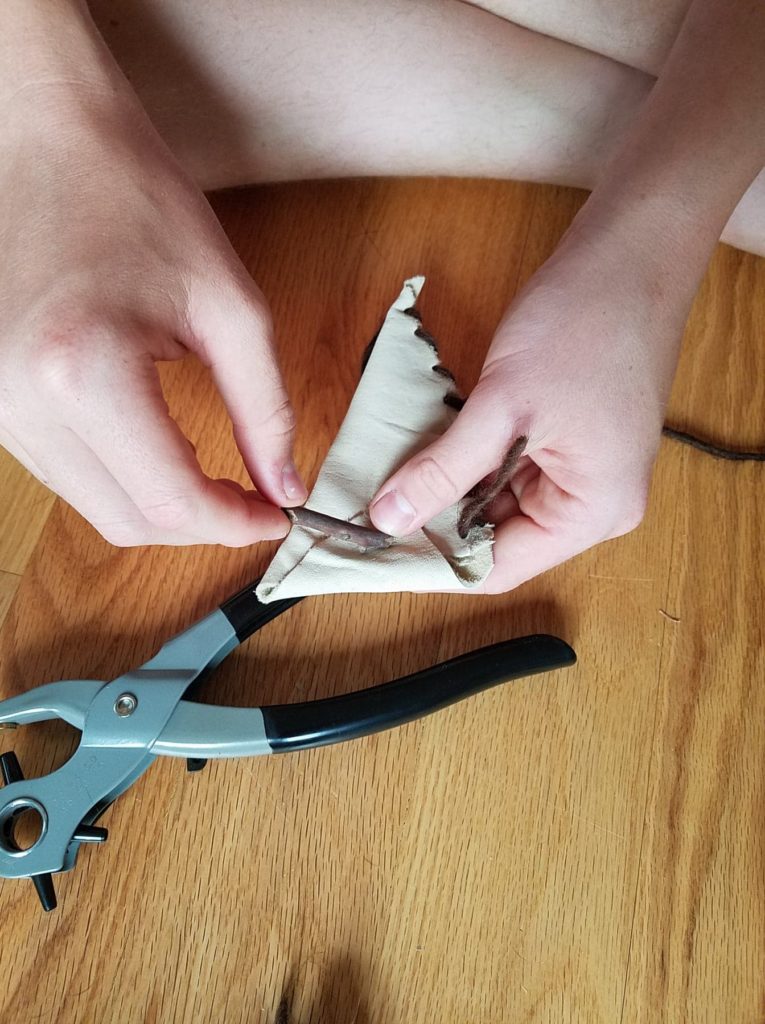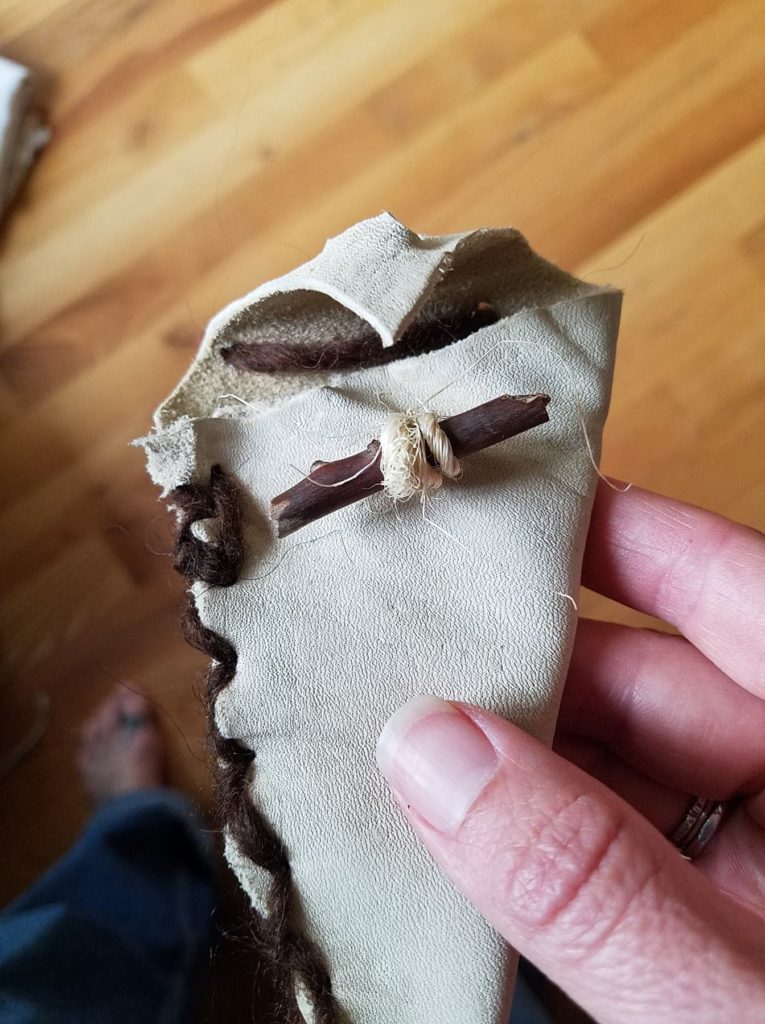Herbal Pouches
Guess what? I’m an herbalist, and every herbalist (really everyone) needs an herbal pouch. Look no further, because here is your tutorial to creating herbal pouches. I graduated from the Green Path Herb School, before 2018 ended. I cannot say enough glorious things about the programs this school, right in the heart of my mountain town, offers. It is a resource plant lovers should tap into. Many of the offerings are free, and our town is full of knowledgeable people who love to share. The program I chose, Herbal Foundations, is just the tip of the iceberg, but it tucked nicely in with the knowledge I’ve been gathering over the past dozen years or so.
The past few years have been transitional for me. I’ve found anxiety creeping in, and panic that I’ve never endured. My forties have brought about some unrest I can’t always make sense of. Making sense of the world itself these days can be challenging, and I think I can speak for many of us when I say that. I’ve been trying to find a nook for myself (Who am I?), make a difference and be the best I can be. I believe, with my soul, that plants help us do that, and I lean on them heavily. I’m happy to share which herbs and oils work best for me, just ask.
I was in my yarden, weeding the dang bind weed. What is good about bind weed? The sheer resiliency of the plant, regardless of the circumstances each year, the plant always ‘shows face’. It never gives up. After poking around a bit, a tea using the flower can be used medicinally to reduce fever, heal wounds and as a laxative. AND, the leaves can be made into a tea and used as a wash on spider bites. Chat with your friendly herbalist if you’re interested in using bind weed medicinally, to be sure you get your doses correct.
Plants show us the way, if we listen. They’ve been showing us for all of time, how to be resilient, how to persevere, how to love one another. This is a friendly Instagram feed that aligns with the message I want to share, and the message plants convey. *It isn’t mine, just one I love.
I had the privilege of co-teaching a wildflower class in the early spring on the shores of Flathead Lake.
I asked each group of kiddos if they could see an identifiable flower from where we were standing? Each group said they could see a weed, the dandelion. My goal, with nearly 200 students, was to have them leave my tiny class loving dandelions, and spread the word. Don’t spray the dandelions! Bees need them, and frankly, so do you. They are rich in minerals that grocery store bought greens can’t really provide you. Incorporate the unsprayed buddies into your dinner salads, smoothies, breakfast scrambles, every part is edible.
All of the plants around us, are around us for a reason.
Fun Fact:
Did you know that Arrowleaf Balsamroot, dressing the mountainsides across our valley, is a wonderful remedy for your lungs. We have a lot of mountains on fire, in August. This spring plant can be harvested, after it blooms, tinctured, and used as a tool to combat forest-fire smoke inhalation. If we just look around and investigate, even a wee bit, we’ll find plant guides. They smile through the dry grasses, they appear whenever you need them, if you watch for them.
I have an Herbal Tarot deck and book that feels like a gentle guide in my life, and it is bringing me back to the entire point of this post.

It often tells me to carry herbs with me, in a pouch, I needed a pouch. My dad gifted us some leather years ago from a deer he’d “caught”. I never really knew what to do with it, but knew it would come in handy someday. So, we pouched. I taught a handful of people (little and big) with that deer hide as our guide.
What you need to make herbal pouches:
- leather punch
- scissors
- twine, yarn, and/or string
- tiny sticks (or buttons)
- needle
- leather

We stuck to the edges of the leather, cutting a piece (with sharp scissors) that could creatively be turned into a pouch. Notice the array of different shapes, so we didn’t have to hack into the middle of our precious piece of leather.

After cutting edge shapes, everyone chose which fiber they wanted to use for stitching. We used darning needles; they are big, sharp, you can fit some fat yarn (or leather) through the eye, and I had plenty of them. Stitching materials that we had on hand were used, so the only thing purchased for this project, was the leather punch. I picked it up at the local hardware store, for $10. To be honest, the quality of said punch wasn’t the best, but it worked long enough to get the job(s) done. It is fairly easy to punch along the open edges of the leather, on just the smallest punch setting. This allowed us to stitch more easily, using the guide holes we created, and close up our pouches. Don’t forget to leave a flap for the opening.









We found some small twigs to use as buttons. In the example above, you’ll notice twine was used to affix the button. Using string or floss might work more easily. The next step was to tie a double knot using the twine, around the center of the twig, leaving excess string on either end. We punched two small holes in the top of the pouch where the button would lay, and fed the excess twine through each hole, tying another knot on the inside of the pouch to secure the twig (button). The herbal pouch artists used that leather punch one last time, to create a hole large enough to fit around the button. Viola.

The next part was the most fun. I watched the kids gather things for their pouches, starting them with some tiny amethyst, rose quartz and carnelian. Some hung their pouches from their bike handlebars, some wore them around their necks, some planned to sleep with their pouches beneath their pillows. I knew I needed to gather hops and rhubarb for my pouch, because my tarot told me so. We have some special new amulets available in our rainbow shop, if you’d like to christen your pouch with a wee bit of magic.

